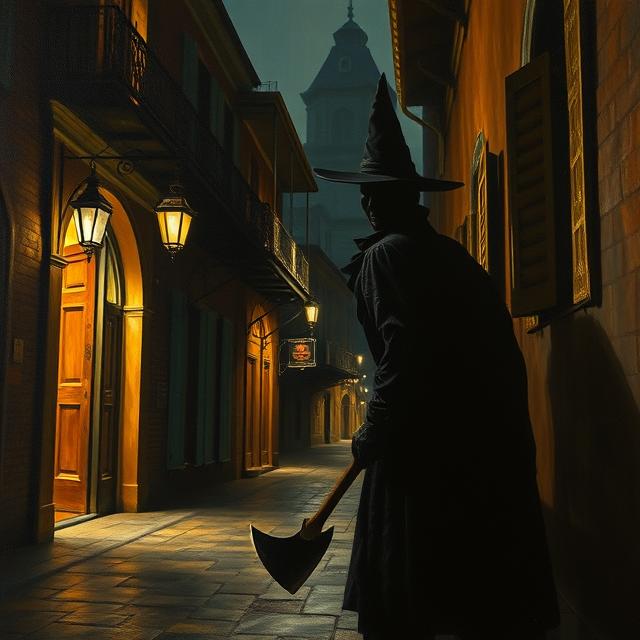Rodney Alcala. The name conjures a chilling juxtaposition: a man who appeared on a popular television dating show, exuding a strange yet captivating charm, while simultaneously leading a secret life as a brutal serial killer responsible for the torture and murder of numerous women and girls. His intelligence, high IQ, and unsettling charisma allowed him to lure victims and evade suspicion for decades, leaving behind a trail of shattered lives and unanswered questions across California, Washington, New York, New Hampshire, and possibly beyond. The story of Rodney Alcala, the “Dating Game Killer,” is a terrifying exploration of the deceptive masks that predators can wear and the horrifying potential for evil to hide in plain sight.
Born Rodrigo Jacques Alcala Buquor in 1943, his early life was marked by instability and a troubled adolescence. By his late teens, he had already begun a pattern of sexual assault and violent behavior that would escalate over the following decades. He used various aliases and moved frequently, making it difficult for law enforcement to connect the dots between his crimes.
Alcala’s criminal history began in earnest in the late 1960s. In 1968, he was convicted of assault with intent to commit rape and served time in prison. However, this incarceration did little to deter his violent urges. Upon his release, he continued to prey on vulnerable individuals, primarily young women.
The most infamous and unsettling aspect of Alcala’s story is his appearance on the popular television show “The Dating Game” in 1978. At the time, he was a suspect in multiple murders, yet he managed to charm the bachelorette, who ultimately chose him as her winning date. She later described him as “creepy” and refused to go out with him. This bizarre episode serves as a chilling illustration of his ability to present a seemingly appealing facade while harboring monstrous secrets.
It wasn’t until decades later, through meticulous investigation and the discovery of a trove of disturbing photographs Alcala had taken of his victims, that the full scope of his depravity began to emerge. These photographs, often depicting the women in posed and vulnerable positions before their deaths, provided crucial evidence linking him to numerous unsolved homicides.
Alcala was eventually convicted of the murders of five women in California between 1977 and 1979:
- Jill Barcomb, 18
- Georgia Wixted, 27
- Charlotte Lamb, 32
- Jill Parenteau, 21
- Robin Samsoe, 12
The trial was marked by Alcala’s bizarre behavior, including representing himself at times and engaging in strange outbursts. Despite his attempts to evade justice, the overwhelming evidence, including DNA and the incriminating photographs, led to his conviction and death sentence in California.
However, the story didn’t end there. Investigators in other states began to re-examine cold cases and missing persons reports, comparing them to Alcala’s known movements and the individuals depicted in his photographs. This led to further charges and convictions:
- In 2010, Alcala was extradited to New York, where he was indicted for the 1971 murder of Cornelia Crilley and the 1977 murder of Ellen Jane Hover. He was subsequently convicted in both cases.
- In 2012, Alcala was charged with the 1978 murder of Christine Thornton in Wyoming, based on a photograph he had taken of her before her death. He pleaded guilty to this murder.
- Authorities in New Hampshire also linked Alcala to the 1977 murder of Jane Boroski, though he was never formally charged in that state before his death.
The true number of Alcala’s victims remains unknown and is likely far higher than the cases for which he was convicted. Investigators believe he may have killed dozens, possibly even over 100 women and girls, across several states during his decades-long reign of terror. The sheer volume of his photographic collection, featuring numerous unidentified young women, lends credence to this horrifying possibility.
Alcala’s modus operandi often involved befriending his victims, sometimes through deceptive means, before subjecting them to torture, sexual assault, and murder. His intelligence and manipulative nature allowed him to gain their trust and lure them to secluded locations. The photographic evidence suggests a disturbing level of control and sadism.
The chilling contrast between Alcala’s outward appearance and his inner darkness is a key element of his terrifying legacy. He could present himself as an articulate and even charming individual, as evidenced by his appearance on “The Dating Game,” while secretly harboring violent and depraved urges. This ability to mask his true nature allowed him to evade suspicion and continue his horrific crimes for so long.
Rodney Alcala died in prison in California in 2021 while awaiting execution. However, the full scope of his crimes and the identities of all his victims may never be known, leaving a haunting void and a chilling reminder of the evil that can hide behind a seemingly normal facade. The “Dating Game Killer” remains a terrifying figure in the annals of true crime, a testament to the deceptive power of a predator who walked among us, his true nature concealed behind a mask of unsettling charm.
Want to explore the shadows even deeper? For more chilling cases like this, visit SinisterArchive.com, where the legends are real.




